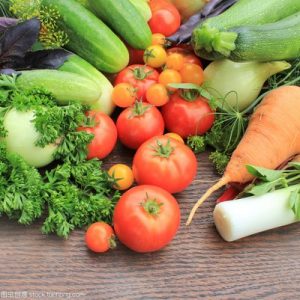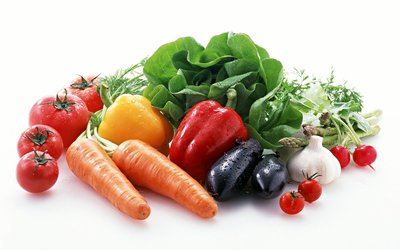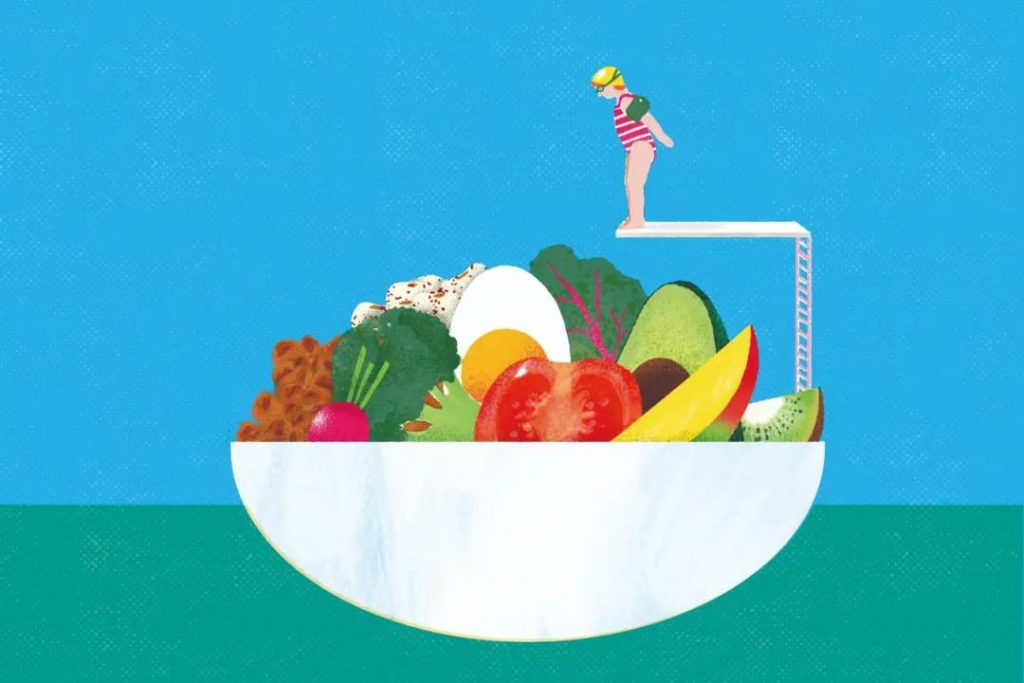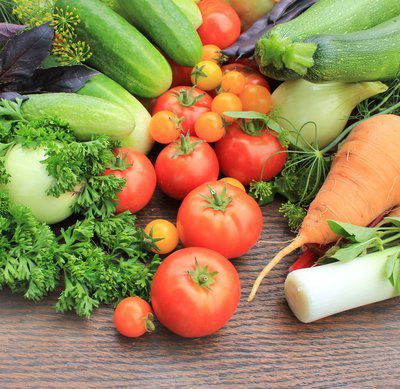
“Eating more vegetables and fruits is good for human body” has always been widely recognized. We are even often taught to eat more of them.
Are vegetables and fruits harmful to people?
Nowadays, there is an “alternative” voice on social media: these fresh foods are not only harmful to our health, but even harmful.
Many people make such sounds. They believe that most plants (including vegetables and fruits) inevitably produce toxins to protect themselves in the process of evolution in order to avoid predation. This makes people eat meat food safer and healthier.

There is a statistical data circulating on the Internet: 98.8% of plants are toxic, while 99.9% of animals are edible.
These data seem incredible, but there seems to be some truth in the statement that plants are involved. However, this does not mean that we should stop eating a lot of fruits and vegetables.
Will plants evolve toxins?
Let’s take a look at the basis behind this statement.
In the face of threats, animals can choose to “run with their feet”, but unlike animals, plants cannot escape or avoid, so they adopt another strategy – “manufacturing” chemical weapons. They produce all kinds of irritating and corrosive chemicals (such as deadly neurotoxins) in their own bodies (cells) to deal with predators, including humans, and cause harm to the enemy.
This is not only true for plants that live in the jungle. In fact, it is true for all crops, including those we commonly eat. Some vegetables we eat everyday are the same species as some poisonous plants.
Potatoes, cucumbers and pumpkins originally lived in the wild and were filled with these substances. After thousands of years of human breeding and improvement, they began to be eaten. Nowadays, some plants gradually restore their “wildness”. Once we plant them incorrectly, they will produce poisons and harm us. For example, cucurbitacin, which is harmful to human body, will be produced due to improper planting methods.

98.8% of plants are poisonous?
So how common is this toxicity? At present, we know that there are 300000 to 400000 kinds of plants on earth, of which about 50000 to 80000 are edible. This means that 12.5% to 27% of plants are edible.
But this data is not the same as the data circulated on the Internet. The reason why the difference is so great is that it is not clear what kind of food is “edible food”. After all, there is a difference between “edible” in the strict sense and “edible” in our general sense. For example, in times of famine, people can eat bark, grass roots, moss, etc; But in the era of material abundance (such as today), people mainly eat wheat, rice and corn – which account for about 60% of the plant calories consumed by humans.
In addition, because thousands of new plants are discovered every year, we don’t know how many plants there are on earth, so the valuation is certainly different.
However, regardless of this figure, the relevant researchers said that there was no evidence that 98.8% of plants were toxic. They believe that many plants we have eaten do use this “defense”, so “edible” does not mean “non-toxic”. So, how do we define what is “edible”?
Does consumption determine non toxicity?
We often talk about the toxicity of food, as if all foods have only two possibilities – toxic or non-toxic. But in fact, the boundary between “yes” and “no” is somewhat blurred. The reality is that it depends entirely on how much you eat. Even if water and oxygen are essential to life, excessive intake can be fatal, not to mention all kinds of food. For example, carrots contain a lot of β- Carotene, which can be converted into vitamin a vital to our survival in the human body. Normal consumption is good for our body. However, if the carrot is squeezed into carrot juice and eaten in large quantities at one time, the skin will turn yellow.

The same is true of many substances produced by plants to fight bacteria, fungi and insects, which actually have the opposite effect on our bodies. For example, sulfur compounds produced by broccoli have toxic effects against insect attacks, but these compounds have nutritional value for humans.
But how to determine the consumption of these compounds? The problem is quite thorny. For many plants, the only feasible way is to conduct large-scale clinical trials to deliberately poison hundreds of people to obtain the exact safe consumption. Therefore, some conclusions based on accidental poisoning and limited animal research are quite random. For example, in some countries, the extract of bitter almond or cherry is considered toxic (but in fact it is not).
Thus, it is complex to define whether food is “toxic” or “edible”. What is your “edible” standard? How much do you eat? In many cases, these definitions are largely caused by different cultures. Therefore, the data on the above network can be obtained according to different standards. Technically, it is correct, but it will mislead many people.
Fortunately, all along, both scientific research and facts have told us that people who often eat vegetables and fruits tend to be healthier.
Comments